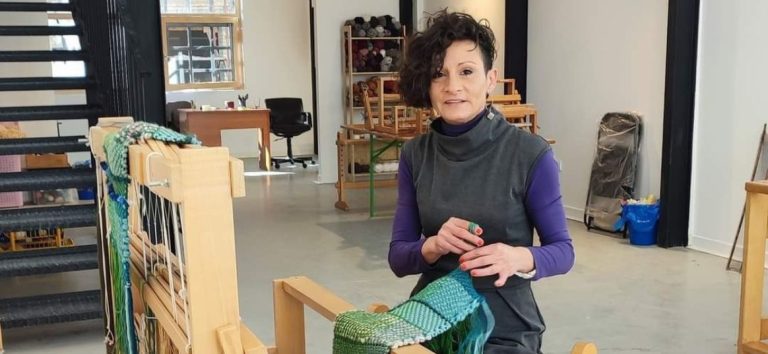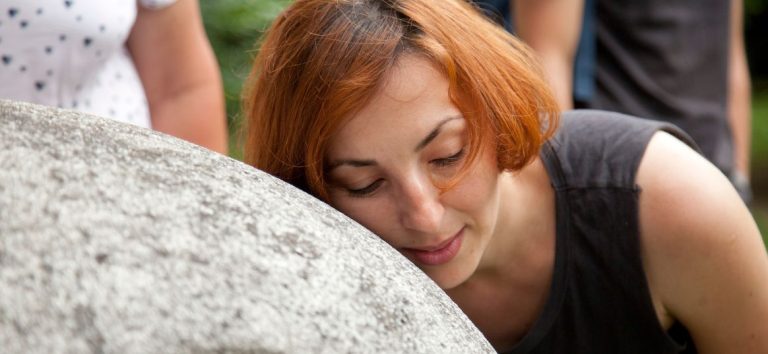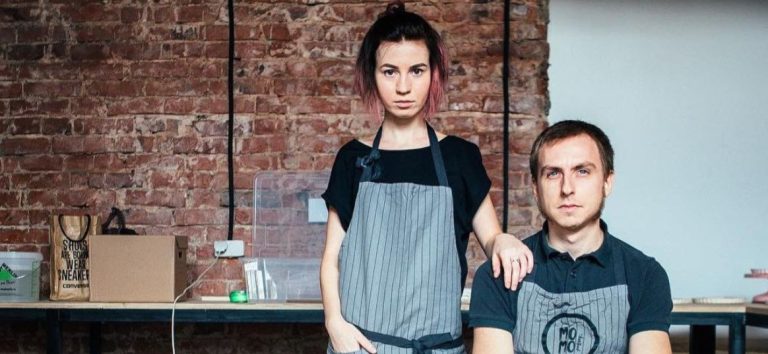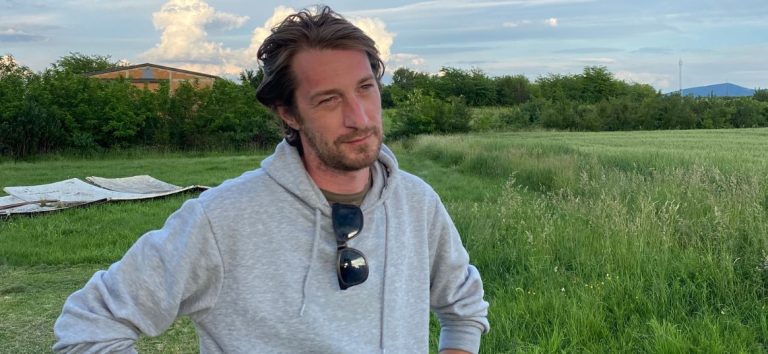‘My grandmother left a light on for me. I feel it in my heart, even though I have never met her. She was killed on the doorstep of her house in Novi Sad, Yugoslavia, along with her husband, mother, and brother, on a cold January day in 1942, because they were Jews. The light shone through a window that had softly engraved poppy flowers on the glass, on one side of the double doors that led to the salon. The other pair of the door was undecorated, an obvious replacement for something that had been lost. I saw this window in the summer of 1984, on a full-day family visit to Novi Sad, which brought my father back to the house where he grew up, for the first time since he left Yugoslavia in November 1938, when he was 26 years old. Although I didn’t even know it, the thirty-year-old odyssey began for me that same day.’
Marissa Roth, artist, photojournalist, journalist, and winner of the prestigious Pulitzer Prize, but the granddaughter of a Jewish family killed in the Novi Sad Raid, described her impression when visiting the city that was the home and cradle of her ancestors until they lost their lives in a terrible pogrom that changed this city 80 years ago. Marissa Roth grew up in Los Angeles and was part of the team that won the Pulitzer Prize for reporting on the riots in Los Angeles in 1992. Now she is coming to Novi Sad, to which she is bound by memories, to present her shocking exhibition One Person Crying: Women and War within the Fortress of Peaceprogramme arch to the Novi Sad audience for the first time. The exhibition is her 38-year-old personal photo essay, a life project that deals with the immediate and long-lasting impact of war on women in different countries and cultures around the world. The exhibition is inspired by a personal family tragedy, the loss of a grandmother, grandfather, and great-grandmother who died in the Novi Sad Raid in 1942. The photographs were taken over a period of over thirty years, covering more than ten war conflicts, and the international exhibition was shown for the first time at the Museum of Tolerance in Los Angeles.
On the eve of the opening of the exhibition, we talked with Marissa about the importance of this international exhibition, as well as the stories of vulnerable women she met and photographed, memories and feelings that bind her to Novi Sad, the Pulizer, but also her personal successes and life endeavors.
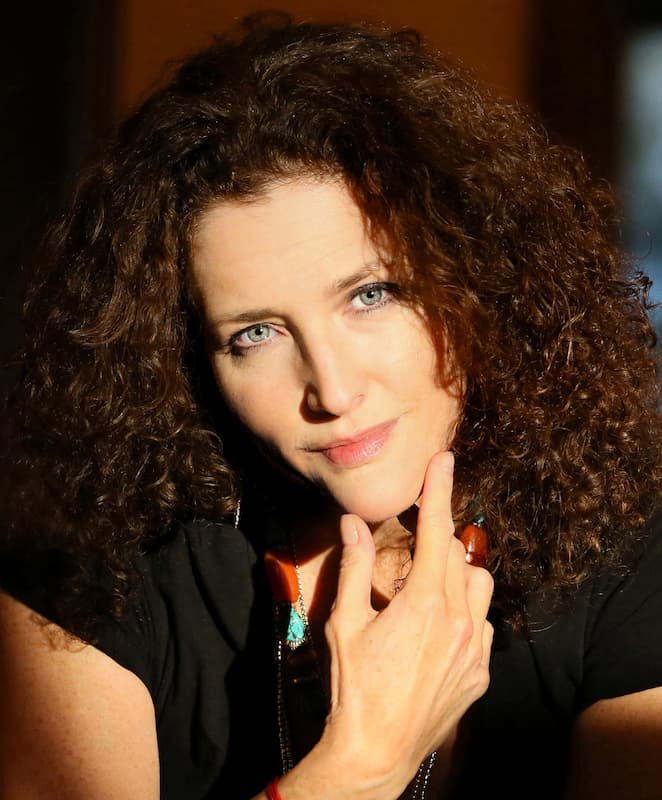
You will be exhibiting for the first time in Novi Sad, a city to which you are connected through a personal family tragedy. Namely, your grandparents and great-grandmother died in the Novi Sad raid in 1942, exactly 80 years ago. How do you feel about coming to Novi Sad again, where will you open this important and moving exhibition of photographs, inspired by a family tragedy?
I’m looking forward to coming back to Novi Sad very much. This trip will be very profound for me, as it will also mark 38 years since the first trip that I went there with my father who left in October 1938, and never wanted to go back. Later in life, he felt that it was an important return journey that he had to make. During that visit, we found my grandparents’ home, where they were killed, and I was able to take photographs. I realized after two decades working on the One Person Crying: Women and War project, that this experience was really the inception point for the whole project. The exhibition will be featured as part of the Fortress of Peace programme during the European Capital of Culture exposition.
The portraits you will exhibit in Novi Sad point to various war conflicts over several decades, while the stories of these women hiding behind your lens seem to be the same – they all endured the horrors of war, after which, emotionally broken, they stood up and continued to live. Is it a universal message and a main idea of the exhibition? Can we perceive this exhibition as a historical lesson for the future?
When I was photographing for the project in Northern Ireland in 2005, I met a Protestant woman named Charlotte Russell whose husband was killed by an IRA sniper when she was pregnant with their second child. She said to me, “I imagine that you are finding that women who survived war are the same everywhere.” I felt that she gave me the key to the whole project, as over time, I came to understand that the experiences of all the women I met embodied trauma, loss, hardship, grief, and resilience, and that they were really the same on the purest human level, regardless of geography, ethnicity, and religion. My hope is that this work can be a historical lesson for the future by illuminating the devastating consequences of war, especially for women and children. And yes, I can honestly say that the universal message of the project is about life and hope, not death.
What are the most impressive moments during the creation of this photo essay, and which story is deeply etched in your memory?
That’s a challenging question to answer, as this whole odyssey working on the project for 38 years has influenced how I perceive the human race, has deepened my knowledge of war history, has taken me around the world and ultimately brought me to my own family’s Holocaust history. But one early experience stands out; when I was working in Pakistan in 1988 on a photo assignment for the Los Angeles Times, I came upon the story of the Afghan war widows who were living in refugee camps along the border with Afghanistan. I was traveling alone and didn’t have a translator. When I went into the camps, I could only make a connection with the women through gestures and facial expressions. I sensed that they were agreeable to my taking pictures and I felt a deep affinity with them. I also knew during those days working there, that it was a transformative experience for me as a young photographer and that I was photographing on another level of vision and creativity. These photographs became the cornerstone of the whole project.
Among the photographs that you will exhibit in Novi Sad, we will also have a chance to see the one with a portrait of Monica Smith, a cousin of Anne Frank. Do you remember what your encounter looked like?
When I went to New York City in 2015 to photograph Monica Smith, I was invited to go to her apartment to photograph her there. Her daughter and granddaughter were also there, and when I met them, I was immediately struck by how much they looked like Anne Frank. Monica was very gracious, and after we sat down, she started speaking. She told me how her parents sent her on a Kindertransport to Holland in 1938 where she stayed in an orphanage near Amsterdam, and that Anne and Otto Frank, who were already living in Amsterdam at that time, would come and visit her regularly and bring peanuts. “I didn’t realize that she would become a saint. Maybe that’s what was needed. Her fingers were always covered with ink.” Monica was reunited with her parents in 1940, and they went to England where they boarded the RMS Samaria for the transatlantic crossing that took them to New York and would save their lives. At the end of the interview, she said to me, “Nothing much has changed in the world.”
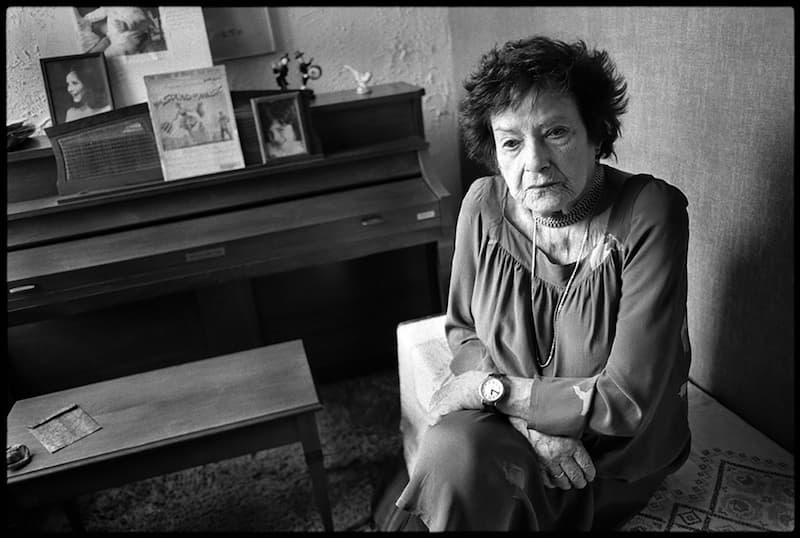
To what extent has this project affected you personally? How did you deal emotionally with the stories of these women, whom you personally met, since members of your family were also tragically killed during the Raid?
This project has affected me deeply on many levels. Professionally, it gave me a unique purpose. As the years added up working on the project, it would define the perception of what stories I was interested in telling, and the range of my skills. Photographically, I was creating a focused long-term project that had a clearly defined vision by using the same analog cameras and the same kind of black and white film for the duration of the project. Personally, it gave me an unexpected inner peace, as it brought me to my own family’s tragedy, and in a way to my grandmother Lenke and my great-grandmother Josefina. Dealing with my emotions has been multi-layered. While working on the One Person Crying project, I would always try to keep my emotions steady as I was photographing and interviewing the women, as I knew that it wasn’t about me, but was about being fully engaged with them while guiding the exchange. I finally let myself be emotional about the project, but on a very private level. Ironically, it was during the pandemic lockdowns which I experienced in London – they gave me a chance to look back in stillness and take stock on my decades of war-related work and truly weep.
You won the prestigious Pulitzer Prize for Best Spot News, for coverage of the Los Angeles riots. What did that experience look like? To which extent did this recognition determine the path to your further career and how privileged you are to be part of the history of Pulitzer?
While it was a great privilege to receive this prize and be part of the history of Pulitzer, I don’t feel that it determined the path of my future career. I was still a working photographer who was striving to be recognized, and I also kept challenging myself to keep getting better and more refined with my photography, and the stories that I chose to tell. Also, as a female photojournalist, there was always the added element of constantly needing to prove that I was good enough to be taken seriously, as it could be a very unforgiving and competitive environment vis à vis the male photojournalists.
Photography has introduced you to the world of different cultures and enabled you to witness history, bringing you numerous projects, as well as admirable recognition. When you look back on all your successes so far, can you say that you have fulfilled your purpose?
That is a very interesting question, and one that I have not been asked before. I’ve been thinking a lot about destiny, as I could have never imagined the unexpected path that my life has taken and continues to take. I’m not sure that it was a conscious purpose that has driven me through the decades to do my overall work and specifically address the consequences of war, but it was more a form of activism that was really the fuel. Growing up in America with the Vietnam War as the backdrop during my formative years, I was fully aware of the women’s movement, the civil rights movement and the anti-war movement and the activism for peace. I was also exposed at a young age to the remarkable photojournalism coming out of that war, and I believe that I was influenced and inspired to become a photojournalist because of it. I’ve met a lot of women in numerous countries while working on the project who are human rights and peace activists – in many ways, I see myself as one of them. So, the answer is no, I don’t believe that I have fulfilled my purpose. I think I became a peace activist when I was 10 years old. I’m still that person and will continue to be until the end of my life.
Author: Marina Marić
Photo: Marissa Roth



